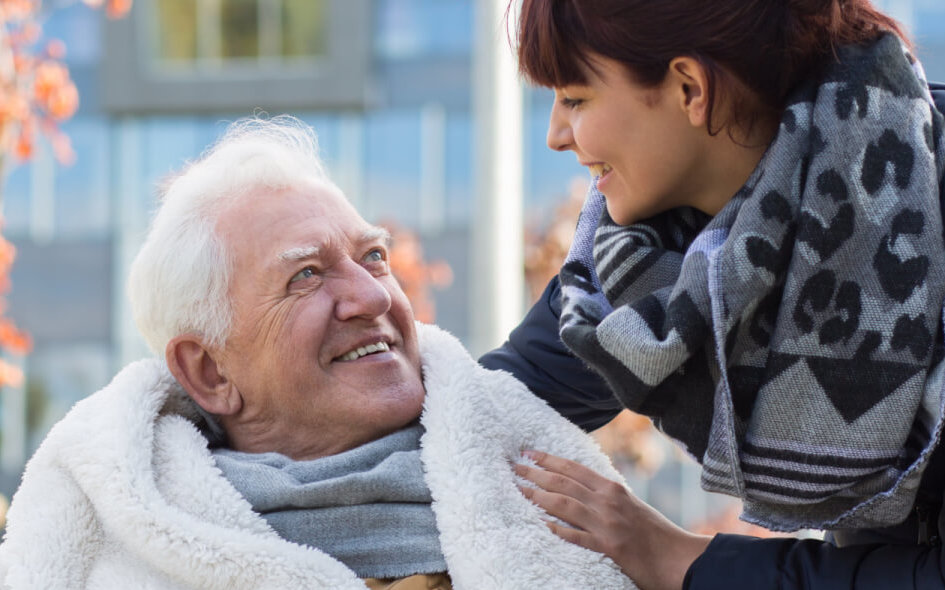Table of contents
With age, the body’s ability to withstand long periods of exposure to cold decreases. Hypothermia or low body temperature in the senior citizens is caused when the person’s body temperature drops below normal, i.e. 35ºC, and remains low for a long period of time.
In order for the body to function properly, it needs to maintain a constant body temperature.
Causes of low body temperature in senior citizens
Most senior citizens people are less active so they generate less body heat and come to develop a low body temperature after exposure to some cold.
Having a low body temperature can be associated with different potential causes, such as:
Being too long in a cold environment.
Wind and humidity.
Having less thermal protection.
Spending too much time in one position.
Reduced mobility.
Taking certain medications may have effects that lower body temperature.
Some diseases such as hypothyroidism.
Medical conditions.
Thinner layers of fat under the skin.
Degrees of hypothermia
Hypothermia is classified in three degrees:
Mild: temperature is between 35ºC and 32ºC.
Moderate: varies between 32ºC and 28ºC. It may cause alterations in consciousness, in addition to a decrease in heart rate and low blood pressure.
Severe: lower than 28ºC, seriously altering the heart rate.
Symptoms of low body temperature in senior citizens
If the person presents with some symptoms or a worsening occurs, it is of great importance to go to the doctor so that they can prescribe and recommend the appropriate treatment.
Generally, people with hypothermia do not become aware of what is happening to them is it happens little by little
The first symptoms caused by hypothermia are shivering, tingling and immobility.
Depending on the severity, it can be classified into three stages:
First stage: The temperature drops a little and begins with shivering, from milder to severe. The hands become numb and breathing accelerates. Because of this there are goose bumps and goose bumps. The second phase comes when it seems to be passing.
Second phase: the body temperature drops further with stronger shivering. Muscles are not well coordinated and movements become slow and difficult to perform and slight signs of confusion appear.
Third phase: the most severe phase in which the body temperature drops too low, chills may disappear, but there are many difficulties to speak without being able to move the legs or hands. Typically, pulse and heart rate are reduced.
Dizziness and fatigue.
Confusion or drowsiness.
Slurred speech.
Cold skin.
Slow and/or uncoordinated movements.
Shortness of breath and chest pain.
Advice and recommendations
The hypothalamus is the thermoregulatory center, so that the body temperature is maintained at appropriate levels and adapts to changes in climate, it initiates adaptive neurological and endocrine responses to the stimuli it receives from the receptors of the skin and blood.
When exposed to cold, the mechanisms begin to increase endogenous heat production in addition to decreasing those that remove heat.
It is especially in winter when senior citizens suffer from hypothermia, it is essential to protect them and try to prevent them from having a low body temperature.
Some recommendations to follow are:
In winter, use warm clothing
Keep the house at 20/22ºC
Consult with the doctor to be careful with some medications and their side effects.
Hide and protect parts of the body that are more exposed, such as the nose, feet, ears, etc.
At home, wear long under clothing underneath.
The most important thing is to go to the family doctor in order to receive a correct assessment and treatment as necessary.







